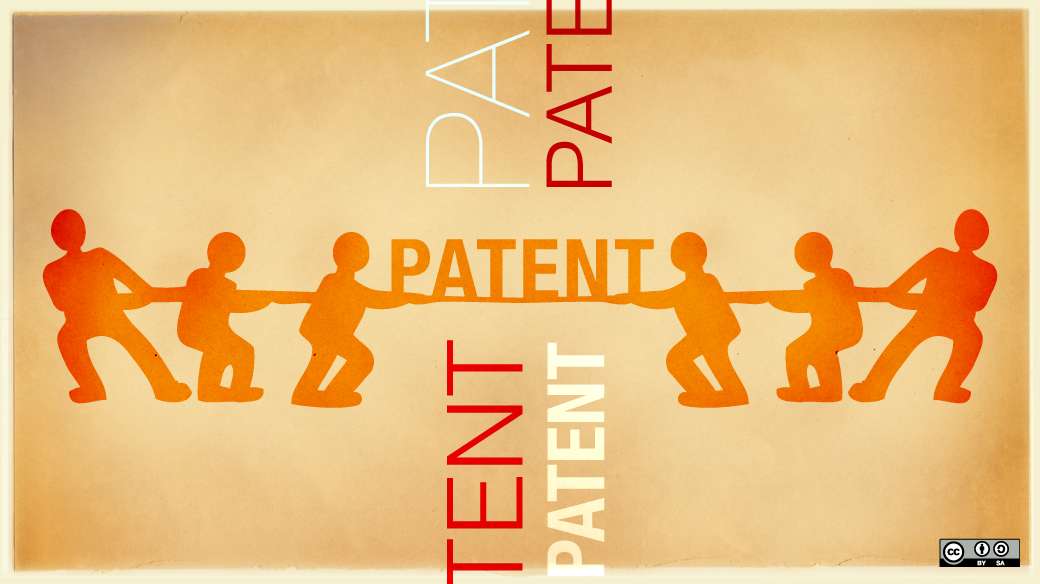Standards are important for the purposes of compatibility and inter operability of components/devices and products. Technical standards mainly decide the interoperability in operation. These standards are mainly defined and set by a competent body such as an SDO (Standards Development Organization), even though there is no universally set standard used to qualify a patent as an essential patent. The process of qualifying and determining a patent as a standard essential patent(SEP) may depend on many factors, such as the type of SDO, the power, influence and the interest of the members of SDO, the technological solution and the potential commercial opportunities of the technology of the patent, etc. Many SDOs list the essential patents based on the declaration of the patent owners.
If a patentee holds a patent that is included by a standard available in the market, then the product which uses the said standard infringes the SEP patent. Regular assessment of essentiality of a patent or a patent portfolio has become a necessity for a company in the SEP prevalent telecommunications, ICT and consumer electronics sectors in today’s technology-driven age.
Infringement of a patent is nothing but unauthorized making, using, offering for sale or selling any patented invention within the geography, or importing it into the geography of any patented invention during the term of the patent.
The essentiality of a patent can be analyzed for various purposes, such as freedom to operate, licensing analysis, infringement monitoring and defensive invalidity proceedings. If a standard has evolved based on one or more patents, then such patent(s) can be considered essential to that standard. Further, if a product is made in compliance with that particular standard, then such products are considered to be infringing in nature.
Two questions that need to be answered to assess the infringement of the SEP are- 1) Is the patent an essential patent and 2) are the features of the product mapping the features of the said standard? If the answer is YES, then there is an infringement.
Claim charting is an important method to determine the essentiality of a patent. It involves mapping each claim element of the patent with the specifications of the standard. While compiling the claim chart, every care has to be taken to ensure that all the enhanced/replaced standards are reviewed, including any previous versions of the standard. Further, all sections of the standard have to be reviewed thoroughly. In many instances, more than one standard may be applicable for one claim. If the claim elements of the patent map the sections of the standard, then the patent is an essential patent.
In conclusion, claim charting is an essential component for the determination of SEP infringement. To prepare a claim chart, one should thoroughly understand the technology, the patented idea as well as possess a certain degree of expertise in patent analysis, product analysis and the standard analysis.
Authored by Subhashree Sahoo.
Image Source/Attribution here, governed by Creative Commons License CC BY- SA 2.0
Contributed by Electronics, Software and Telecommunications Division of BananaIP in India
For further information on Electronics, Software and Telecommunications Patent law in India, write to contact@bananaip.com



